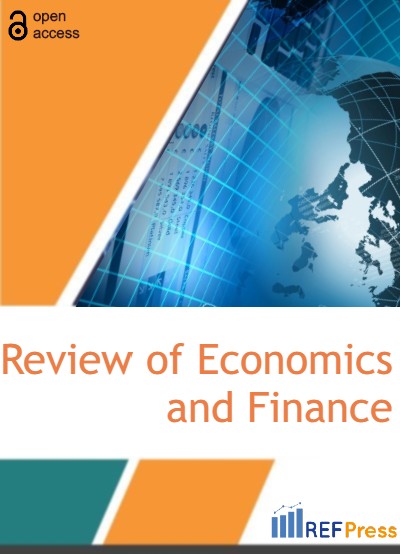
Balance Sheet Classification of Compound Financial Instruments and The Judgment of Securities Market Analysts
(Pages 37-54)Jorge Vieira da Costa Jr1*, Alfredo Sarlo Neto2, Andrea Bispo da Silva1
1State University of Rio de Janeiro, Brazil.
2Federal University of Espírito Santo, Brazil
DOI: https://doi.org/10.35341/2314-5419.2020.17.4
Abstract:
This paper investigate the effect of balance sheet classification of a compound financial instrument on the analyst’s judgment on estimates in target prices using an experimental settings. The experimental design involves both buy and sales-side analysts grouped into three subsamples with limited information set about the company used in the experiment and different information regarding the accounting for the compound financial instrument (IAS 32 model, SOA model and NEA model) after the following event: a private placement of a mandatorily convertible debenture to finance the acquisition of another company abroad. We apply nonparametric means and bootstrap test. Our result show that regardless of balance sheet classification of the compound financial instrument, analysts are likely to treat it conservatively as a liability. Moreover, if the compound financial instrument is wholly classified as a liability and the company is highly leveraged, they tend to discount firm’s share price.
Keywords:
Securities market analyst, compound financial instrument, balance-sheet management, IAS n. 32
Licensee REF Press This is an open access article licensed under the terms of the Creative Commons Attribution Non-Commercial License (http://creativecommons.org/licenses/by-nc/3.0/) which permits unrestricted, non-commercial use, distribution and reproduction in any medium, provided the work is properly cited.
